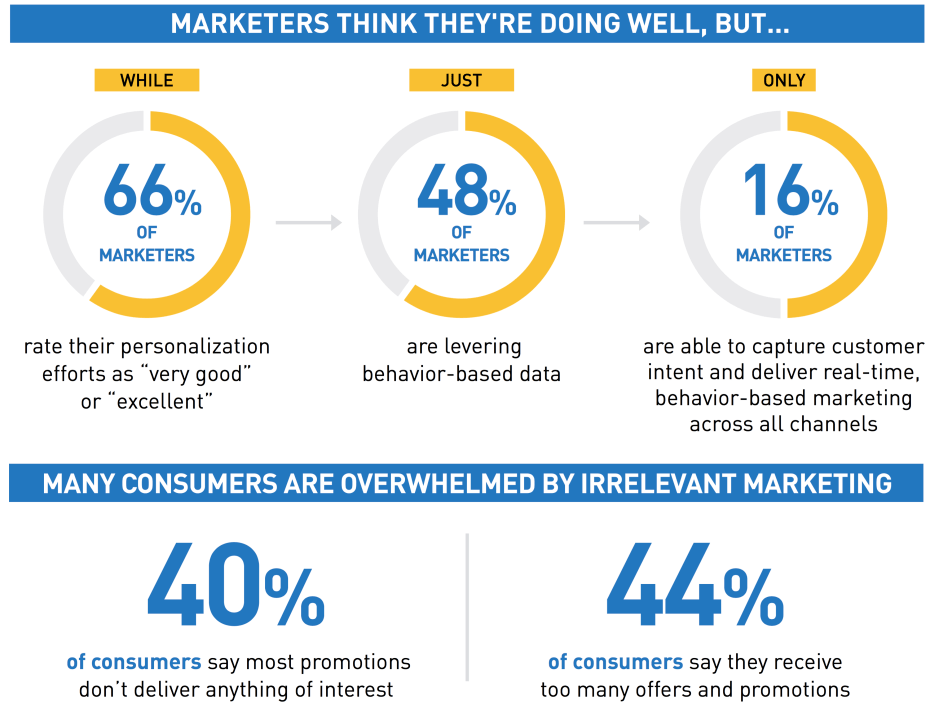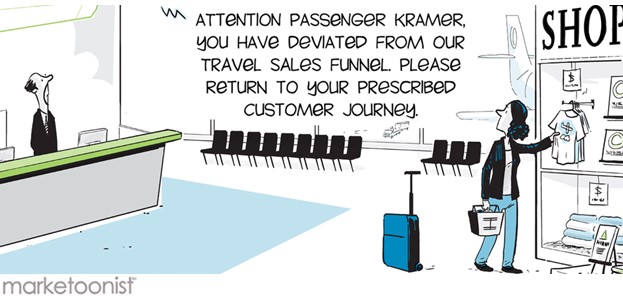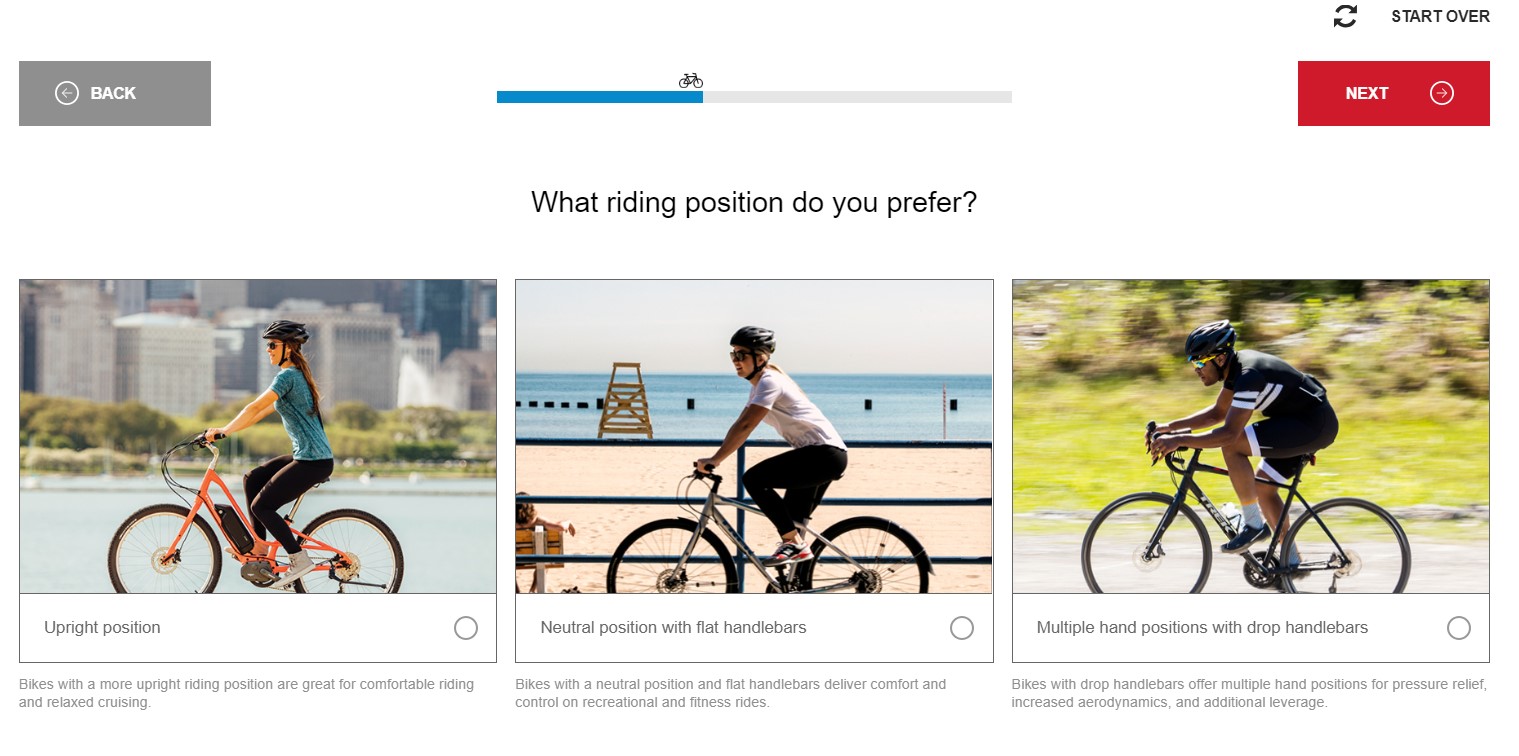In this data-driven world, marketing technology has made it easier for us marketers to identify, target, and engage both suspects and prospects that are likely to make the best customers.
We can reach a large number of target buyers more efficiently by utilizing detailed analytics and marketing technology has made it much easier to design a seemingly personalized journey to engage our prospects differently.
Personalization has surfaced as one of the most critical investment priorities given it is proven to boost response, conversion, and revenue.
Many marketers have started exploring personalization technologies, trying to predict every aspect of the customer journey to create highly personalized experiences and customer journeys, only to realize that this approach is extremely difficult to scale, and as a result often only registers as white noise for customers. The simple truth is that you cannot set up rules for every single user, it’s just not scalable. Segmentation is not personalization.
VentureBeat published an article with data from Forrester and VB Insights, describing the personalization disconnect.

The 2018 Pulse check report by Accenture found that consumers increasingly feel that digital experiences have fallen short of expectations, yet they’re more likely to shop with a brand that treats them in a personal manner.
There’s a clear disconnect. People want personalized experiences, but oftentimes marketers are not able to deliver.
The main problem is that most personalization approaches are based on assumptions and guesswork (aka predicting) without involving the very customers we’re trying to woo. It’s like a sales rep hiding behind a register, trying to guess what a customer wants versus one that engages with them, starts a 1-to-1 conversation and listens.
To make personalization effective, organizations have to go further by delivering relevant, tailored experiences that meet individual user needs. This requires combining historical, behavioral, and profile data with real-time situational feedback.
Personalization is about individual users; their behaviors, interests, needs, wants, desires and engagement patterns. Conversations and having a dialogue with customers is key to ensure that every single one of your customers experiences your brand uniquely regardless of when, where and how they choose to engage.
The benefits of AI: Make Marketing a conversation, not a monologue
The aforementioned Accenture report concludes that “Customers don’t want brands to define their journeys, they want brands to create the experiences that will help them create their own journeys.”
In other words, customers want a shopping experience that’s tailored to them and their specific needs across all interactions and touchpoints.

In 2018 and beyond, brands have to start viewing their customers as partners.
Businesses can meet this new expectation by creating ongoing, two-way digital dialogues that resemble the conversations customers would have with a sales or service associate, conversations that treat them like individuals instead of a set of users.
The exciting part is that customers are willing to contribute to the creation of their profiles to help businesses curate experiences and make better recommendations.
75% of consumers surveyed in the Accenture study say they’d find value in creating and managing a “needs profile” that marketers can use to get to the “why,” making interactions more personal and enhancing their brand experiences.
These needs-profiles capture true preferences and go beyond what a customer buys or consumes. They reflect the more detailed nuances that surface their needs and explain why customers make certain choices. These living profiles also evolve with the customer and through their interactions with your brand.
With AI, businesses now have the opportunity to capture this explicit information that’s shared by customers, analyze it, and automatically deliver content, experiences, and recommendations that are more aligned with the customer’s actual needs.
A great example of this is Trek’s bike assistant, which serves four main purposes.
- It allows Trek to be available whenever and wherever its customers are shopping for their products
- It asks the right questions and creates a one-to-one, personalized customer experience that acts like a digital sales associate, identifying the user’s needs and ensuring a unique experience
- It helps customers to pick their perfect bike that fits their needs and drives conversions
- It can push identified preferences and needs into any CRM to enrich existing needs-profiles and fuel even more personalized follow-up marketing conversation.
Read the Trek Brand Spotlight.

In this conversation-first world, the fundamental shift away from traditional communication modes and “one-size-fits-all” engagement to interactive conversations will enable modern marketers to drive new levels of personalization, trust and, ultimately, more fulfilling experiences (Adweek).
How to succeed in the conversation economy
To succeed in the conversation economy, your company must be ready to adapt to modern processes and technology. To get started, I recommend the following tips:
- Meet People Where They Are. Your customers are used to omnichannel and multi-device experiences, which means that they should be able to have a dialogue with your brand wherever they are. Make it easy to engage with your brand without having to jump over too many hurdles such as hidden conversation entry points, logins, and passwords or lengthy forms.
- Respond In a Timely Manner. Customer service without the aid of AI is fundamentally flawed because humans can’t respond as quickly. Consumer patience is shrinking and research has shown that replying within the first 5 minutes is key.
- Enable consumers to share information with others. Sometimes more people need to participate in conversations to arrive at purchase decisions. Ensure that the technology you deploy enables this fluid dialogue with multiple stakeholders.
- Keep learning to have smarter conversations. Conversational AI and systems that leverage needs-profiles and learn from behavioral data will deliver the tailored experiences your consumers are seeking.
- Reflect profoundly humane and empathetic traits. Empathy should be at the core of how you approach any dialogue with customers on digital channels. Here are some examples to design better conversations:
- Paraphrase to show understanding
- Ask open-ended questions
- Ask specific questions to seek clarification
- Wait to disclose your opinion
- Include brief verbal affirmations like “I see,” “I know,” “Sure,” “Thank you” or “I understand”
- Disclose similar experiences (i.e. of similar customers) to show understanding
- Build trust and establish rapport
- Demonstrate concern
All in all, it’s conversations that drive conversions.
If you want to design meaningful customer experiences, you must involve the customer, engage them in a conversation and let them do the talking to tell you what they want. By putting customers in control of the experience, businesses can create the most effective and feasible way to scale 1-to-1 personalization and build valuable relationships.
Start having conversations with your customers
Get a free demo and consultation to see how AI digital sales assistants help you start a dialogue with your customers to make the digital sales experience more human-friendly and profitable. Don’t wait to get ahead.


